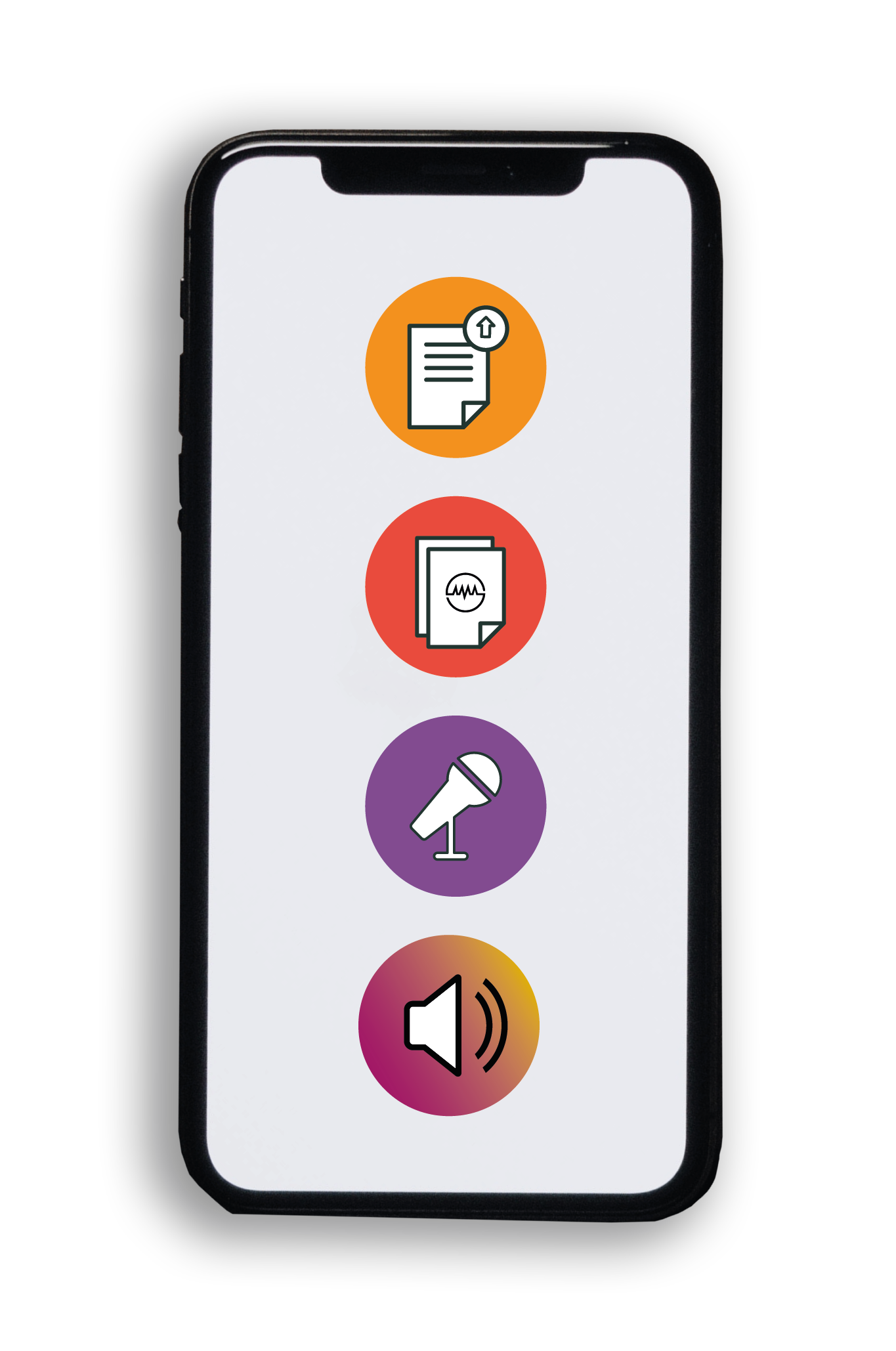Using Machine Learning to Predict Bacterial Growth According to the Media Components
About this episode
Bacterial growth depends on the complex interactions of a multitude of chemical components. Microbiologists have long attempted to predict bacterial growth according to culture media components, and have employed a variety of mathematical and computational models to this end. Dr Bei-Wen Ying and her colleagues at the University of Tsukuba, Japan, successfully applied machine learning to understand the contribution of media culture components to bacterial growth. Their work makes a significant contribution to growth prediction and demonstrates that machine learning can be employed in the exploration of the complex dynamics that regulate living systems.
Original Article Reference
This animation is a summary of https://doi.org/10.1038/s41598-019-43587-8
More episodes
Dr. Wendi Quinn O’Neill | Repurposing an Anti-lipid Drug to Tackle HPV-Positive Head and Neck Cancer
Revolutionizing Medicine Production with Continuous Flow Chemistry
Professor Martin Garcia | Electric Fields Could Stop COVID-19 in Its Tracks
Dr. Luis Teodoro da Luz | Bridging the Communication Gap in Trauma Care, one Handover at a Time
This work is licensed under a Creative Commons Attribution 4.0 International License. 
What does this mean?
Share: You can copy and redistribute the material in any medium or format
Adapt: You can change, and build upon the material for any purpose, even commercially.
Credit: You must give appropriate credit, provide a link to the license, and indicate if changes were made.
Increase the impact of your research
• Good science communication helps people make informed decisions and motivates them to take appropriate and affirmative action.
• Good science communication encourages everyday people to be scientifically literate so that they can analyse the integrity and legitimacy of information.
• Good science communication encourages people into STEM-related fields of study and employment.
• Good public science communication fosters a community around research that includes both members of the public, policymakers and scientists.
• In a recent survey, 75% of people suggested they would prefer to listen to an interesting story than read it.

Step 1 Upload your science paper
Step 2 SciPod script written
Step 3 Voice audio recorded
Step 4 SciPod published




